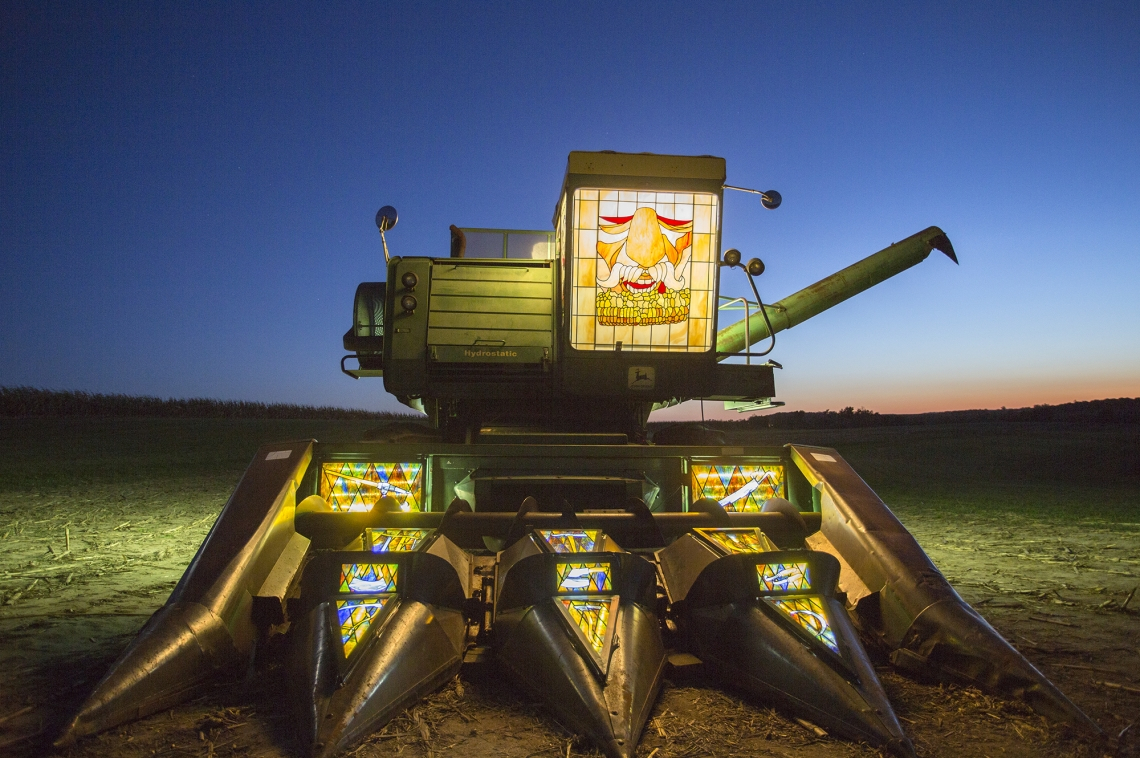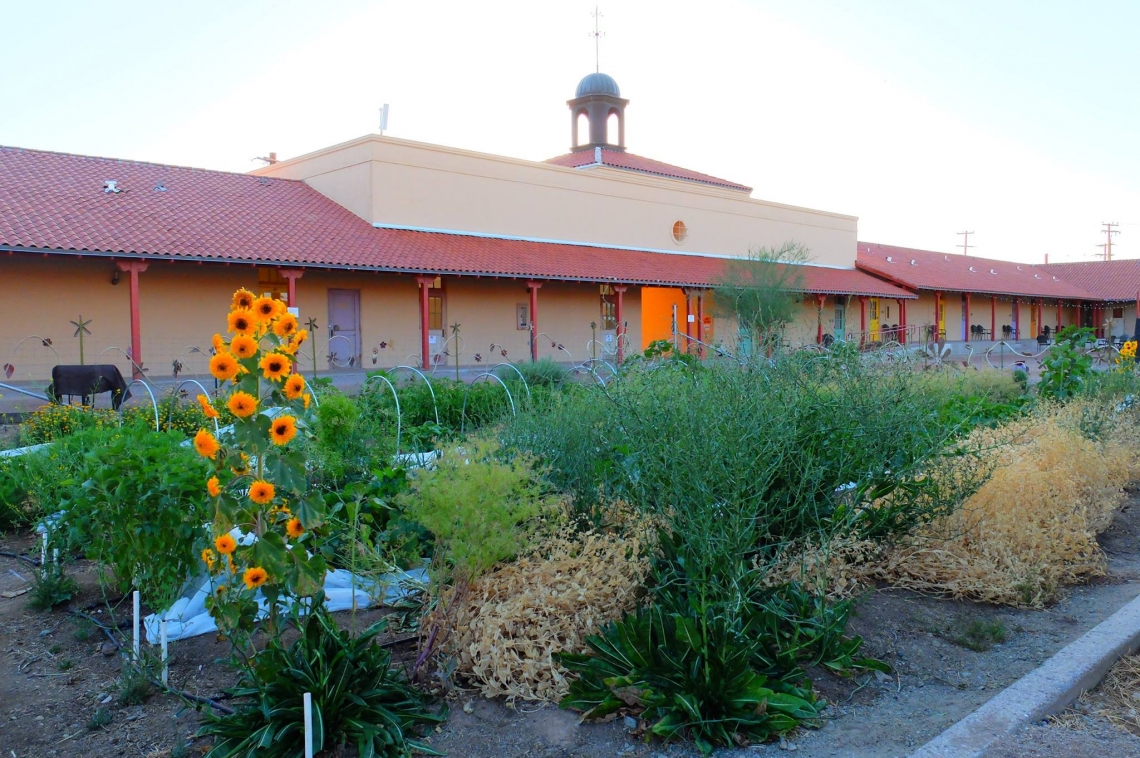

Those who have been following ArtPlace’s progress closely know that we talk about our work as investing in arts-based strategies to help achieve place-based outcomes to reposition arts and culture as a core sector of community planning and development. In order to make sure that we are covering the entire field of community planning and development, we have identified ten sectors that generally cover that terrain.
At our annual Grantee Summit that we hosted in Philadelphia in May, we organized our breakout sessions around these ten sectors, featuring our grantees working in those areas in conversation with an expert from the field. This post is the ninth in a ten-part series continuing those conversations, and it focuses on Agriculture & Food.
Below is a summary of a conversation between Donna Neuwirth and Jay Salinas from the Wormfarm Institute; and Emily Raine and Stuart Siegel from the International Sonoran Desert Alliance.
What luck that our discussion of the Agriculture & Food sector falls right before one of the biggest food celebrations of the year, which brings to mind the role of agriculture and food in history and community— roles that bubbled up in our conversation below.
“The Latin root of agriculture is cultura, or culture. Culture is embedded in agriculture, and it’s only recently that they’ve become less connected,” says Donna Neuwirth of the Wormfarm Institute, “Culture surrounds our food and food imbues our culture. This is demonstrated in almost any kind of family gathering where recipes are handed down from generation to generation…there is a real strength and power in food.”
The Wormfarm Institute produces Fermentation Fest, a celebration of art and agriculture in Sauk County, WI. The Fest is most well-known for The Farm Art/DTour, a 50-mile self-guided tour punctuated by temporary art installations. Wormfarm’s work ”brings art and music into the working landscape and lowers the barriers to interaction and engagement,” says Jay Salinas, also of Wormfarm. In just five years, Fermentation Fest has grown from 4,000 to 20,000 attendees and has served as the birthplace of dozens of new businesses. Jay said that locating art in farmer’s fields helps people “tune in and notice things they hadn’t noticed before,” including local farmers who’ve voiced a boost in local pride thanks to the appreciation shared by festival attendees.
In Ajo, AZ, the International Sonoran Desert Alliance (ISDA) also works to foster new community perspectives through agriculture and food. As ISDA’s Stuart Siegel notes, “food is the easiest way to access a culture. Everybody likes food. Food brings people together. Think of successful festivals and events, food is always a key factor.” ISDA was birthed from the desire to bring together the indigenous and non-indigenous communities from the US and Mexico that call the area home.
Their work with community gardens, farmers markets, and cooking classes is emblematic of the connection between food, culture, and history. Preservation of that tradition is always at risk because as Emily Raine—also of ISDA—states, “it can feel easier to buy a bag of Doritos than to access the healthy native crops that grow in the desert.”
Emily shared that the pressure from being a federally designated food desert combined with the danger of losing Ajo’s food traditions sparked a local food production movement and put the town on a path toward self-sufficiency. From Emily and Stuart’s perspective, the arts also helped create demand for a stronger local food system, explaining that “the creative community sees themselves as key players to ensure a bright future for Ajo, bringing new ideas, skills and resources into town.” These creatives work to connect Ajo’s populations together through food and (agri)culture in service of a stronger Ajo, and Emily & Stuart continue to foster these connections through artist residencies at the Sonoran Desert Conference Center.
What are other ways you’ve seen agriculture & food contribute to the health of a local community? What are your fondest memories that include agriculture and/or food? Are there any recipes you’d like to share with the ArtPlace team?…for research purposes, of course.
Happy turkey day!





